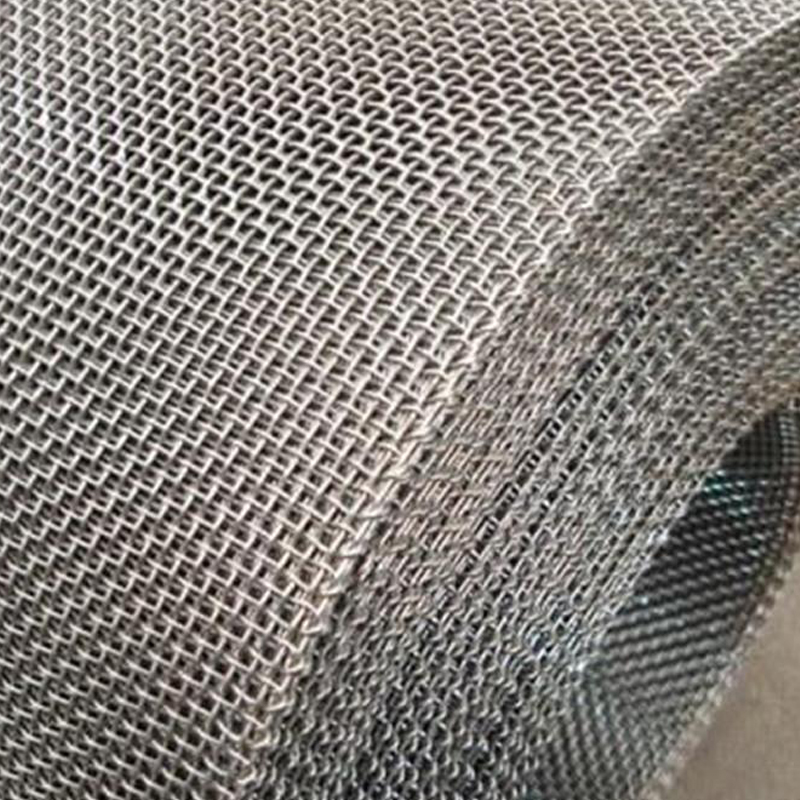The Versatility and Importance of Concrete Nails
Concrete nails are indispensable tools in construction and woodworking, designed to penetrate tough surfaces, particularly concrete and masonry. Their unique composition and design make them essential for a variety of applications, ranging from securing wooden frames to anchoring fixtures and components in concrete structures.
Composition and Design
Concrete nails are typically made from hardened steel, ensuring that they can withstand the immense pressure required to penetrate dense materials. Unlike standard nails, which may bend or break when driven into hard surfaces, concrete nails are engineered for strength and durability. Their thick, fluted shaft enhances grip and resistance to withdrawal forces, preventing them from loosening over time. Some concrete nails come with specially designed tips that help to create a pilot hole as they are being driven, reducing the risk of splitting the concrete.
Applications
The primary use of concrete nails is in construction and repair projects where wood meets concrete. For instance, when building decks, installing siding, or framing walls, concrete nails provide a strong connection between the wooden elements and the concrete foundation. They are also commonly used in flooring installation, allowing for the secure attachment of wooden boards to concrete slabs.
In addition to construction, concrete nails find their place in various DIY projects. Homeowners and hobbyists use these nails to hang shelves, picture frames, and other items that require a secure attachment to a concrete wall. Their strength ensures that even heavier objects can be safely mounted without the fear of them falling or becoming dislodged.
Installation Tips
concrete nail 3

Installing concrete nails requires careful consideration and the right tools to ensure effectiveness and safety. A hammer is typically used to drive concrete nails, although a hammer drill can also be employed for more challenging installations. When using standard hammers, it’s crucial to position the nail correctly and to apply even pressure to avoid bending. If the concrete is particularly hard, a pilot hole can be drilled first to facilitate easier insertion of the nail.
It’s also essential to understand the type of concrete nails available. Some are designed for specific applications, such as masonry nails with an added coating for corrosion resistance, perfect for outdoor projects. Others may have specialized features, such as expanded heads for more surface area contact when anchoring.
The Right Choice for the Job
Selecting the right concrete nail is key to ensuring a successful project. Factors to consider include the thickness of the material being fastened, the condition of the concrete, and environmental exposure. For instance, galvanized concrete nails are ideal for outdoor applications, as they resist rust and corrosion better than standard steel nails.
Conclusion
Concrete nails exemplify the intersection of simplicity and engineering in the construction world. Their ability to provide a secure connection between wood and concrete has made them a staple among builders and DIY enthusiasts alike. As construction techniques continue to evolve, the fundamental role of concrete nails remains unchanged, embodying reliability and strength.
In conclusion, whether working on large-scale construction projects or small home improvements, concrete nails are essential for achieving lasting results. Their robust design, versatility, and application make them a must-have in any contractor’s toolkit. Understanding their characteristics, installation techniques, and proper usage ensures that any project involving concrete will stand the test of time. As we continue to innovate and improve building practices, concrete nails will likely remain an integral part of construction, proving that even the simplest tools play a vital role in achieving complex goals.

















